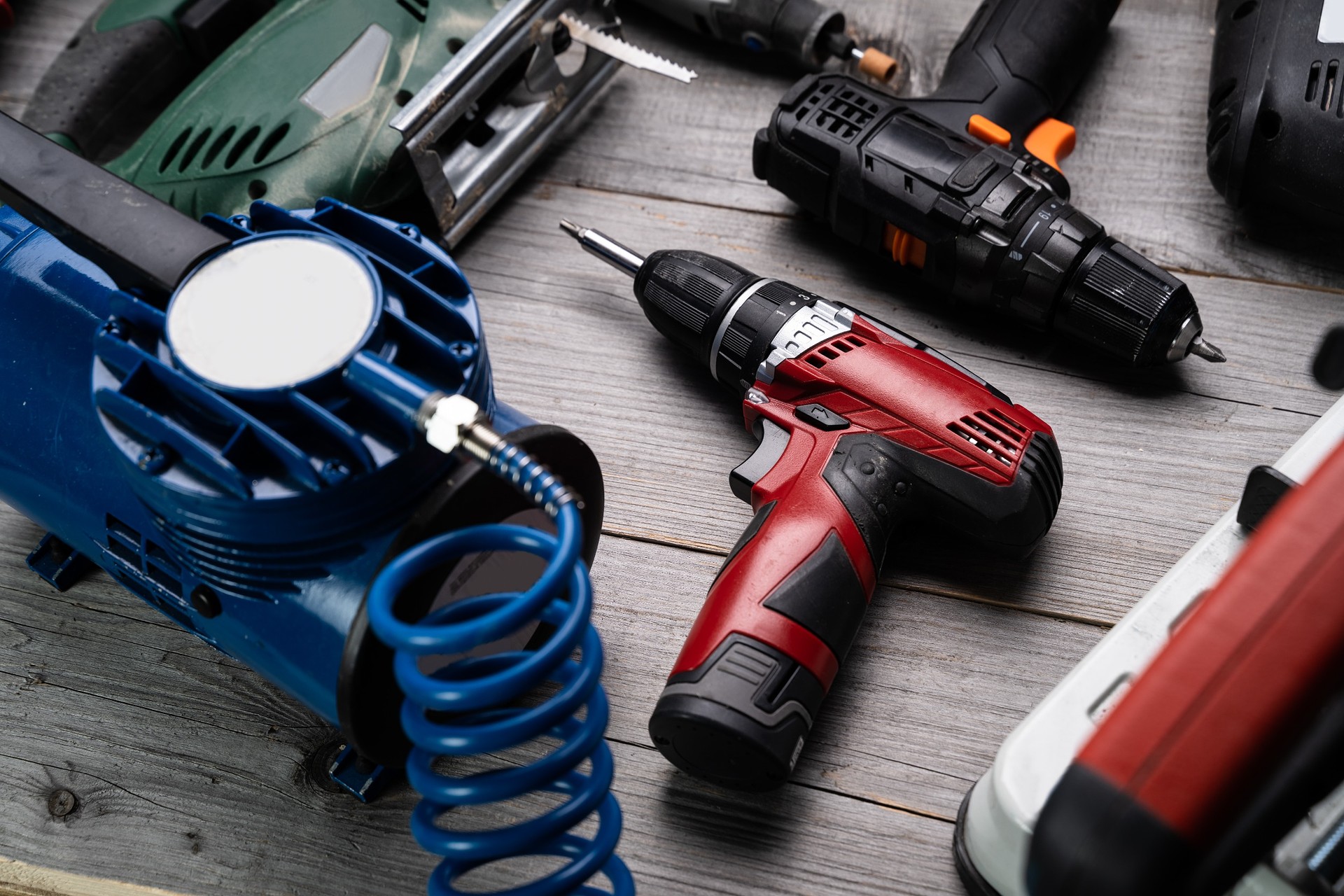Knowledge
Pneumatic tools are a category of industrial equipment powered by compressed air, widely used across manufacturing, assembly, maintenance, and construction sectors. Compared with electric tools, pneumatic tools are lighter in weight, deliver consistent output, offer high durability, and provide superior safety. These advantages make them the preferred choice for professionals in scenarios that require prolonged, high-frequency, and high-precision operations.
2025-08-14 16:28:37
In pursuit of a fast-paced life, we often overlook our body's warning signs. According to the Health Promotion Administration, Ministry of Health and Welfare, chronic diseases like hypertension and diabetes have become a hidden threat to public health. Though these conditions progress slowly, long-term neglect can lead to serious consequences such as heart disease or stroke. This article will help you understand their causes and provide a simple “self-health management process” to proactively take control of your health.
2025-08-14 16:23:28
Freight logistics is a critical component of modern supply chains. It encompasses not only the transportation of goods from origin to destination but also transportation planning, risk management, warehousing, and the integration of information technology. Professional freight operations can significantly enhance transportation efficiency, reduce costs, and ensure the safety of goods.
2025-08-14 14:06:43
The article explores the significance of RF filter output formats and their impact on performance, reliability, and application. It discusses three main types: Connector Type (robust connections for high-power applications), SMD Type (compact and suitable for PCB integration), and Pin Type (durable through-hole mounting for industrial and automotive use). Key challenges include maintaining consistent impedance matching, minimizing insertion loss, and ensuring mechanical strength across formats. Choosing the right format depends on the device, installation, and operational requirements, while designing a single filter that performs well across all formats remains a technical challenge in RF engineering.
2025-08-14 14:16:26
The article provides an in-depth overview of USB Power Delivery (PD) and the latest PD 3.1 standard. USB PD enables faster and more efficient device charging, and PD 3.1 expands power delivery up to 240 watts, supporting high-power devices like gaming laptops, large monitors, and e-scooters. Key features include adjustable voltage, bidirectional power, and backward compatibility with older cables. PD 3.1 simplifies charging, reduces the need for multiple chargers, and improves efficiency for high-capacity devices. Its adoption is driving market growth and moving the industry toward a universal, streamlined charging standard.
2025-08-14 11:56:17
When you enjoy a sweet cup of yogurt every morning, do you believe you've provided your gut with a sufficient dose of good bacteria? Many people often equate yogurt with probiotics, thinking they are one and the same. However, from the perspective of their product nature and function, yogurt is more like a delicious "fermented beverage," while probiotics are "functional health supplements" designed to address specific health concerns. This article will break down the fundamental differences between the two, helping you become a smarter consumer.
2025-08-14 08:55:52
Although fabric may seem like an ordinary item in our daily lives, its creation involves complex and highly precise processes. From cotton grown in the fields to synthetic fibers produced in factories, each raw material carries unique properties and purposes. Whether it’s the light, airy touch of a shirt or the high protective performance of medical textiles, behind it lies a production chain that spans agriculture, chemistry, and engineering.
2025-08-13 14:54:34
Plastic materials are indispensable raw materials in modern manufacturing. Based on their chemical structures and processing characteristics, plastics are mainly classified into two categories: thermoplastics and thermosets. Understanding the properties of these two types aids in material selection and product design, thereby enhancing manufacturing efficiency and product performance.
2025-08-12 14:47:18
With the rise of environmental awareness and the global push for sustainable development goals, traditional plastics face increasing environmental pressure due to their challenges in decomposition and recycling. In response, the manufacturing industry is actively developing and applying eco-friendly plastic materials to build green manufacturing systems. This article explores the types, characteristics, and industrial applications of eco-friendly plastics to assist industry transformation and upgrading.
2025-08-12 14:29:05
Plastic materials are widely used across various industries due to their lightweight, ease of molding, and versatile properties. However, different types of plastics exhibit distinct mechanical, thermal, chemical, and dimensional stability characteristics, which directly affect the final product’s performance and service life. Therefore, understanding the performance indicators of plastics is fundamental to designing and manufacturing high-quality plastic products.
2025-08-12 14:08:07
Hot Topic
Agree










